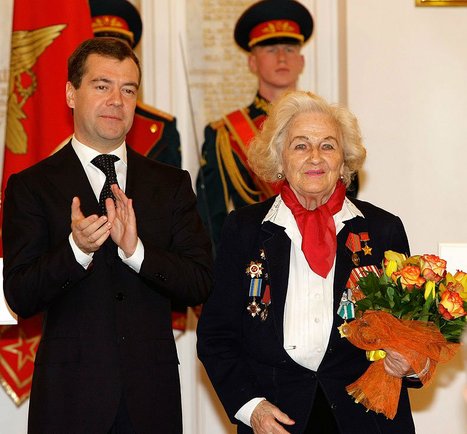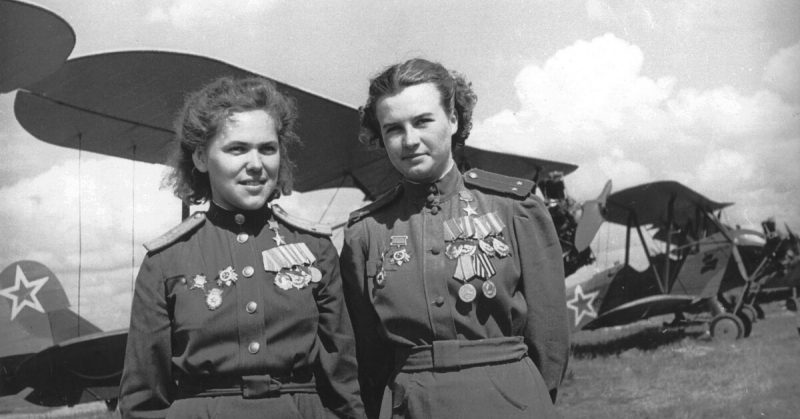In 1941, Germany invaded the Soviet Union. Because of their superior technology and their rapid success in taking territory, the Germans had expected a quick victory, only to be disappointed. For besides their fierce resistance, the Soviets had a secret weapon – witches.
Because of their racial policies, the Germans considered Eastern Europeans to be sub-humans and treated them accordingly. All over Europe, everybody was putting themselves forward for the war effort – including women.
A few women had already served in the Russian armed forces during WWI – and the government was happy to keep it that way. But after the disastrous Battle of Tannenberg (August 1914) and the First Battle of the Masurian Lakes (September 1914), Russia was quickly running out of able-bodied men.
So they allowed more women into the military. A number even got into the Imperial Russian Air Service in 1914, the most prominent of these being Princess Eugenie Shakovskaya.
With the rise of the Soviet Union in 1922, women officially became the equal of men – at least on paper. In reality, the new leadership was just as doubtful about women’s abilities in just about everything. In 1933, Marina Raskova achieved fame as both a pilot and a navigator, becoming the first woman to join the Soviet Air Force.
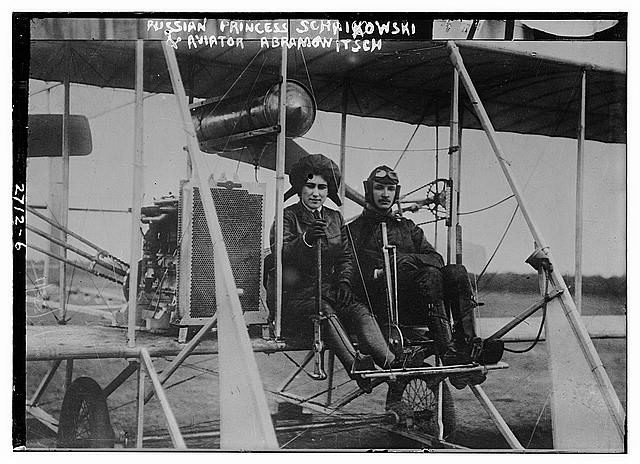
A plane landed near her village before her very eyes. From that moment on, thoughts of the stage faded while the sky beckoned. But flying wasn’t enough for her, oh no. She wanted to pilot a plane. But there was a problem – she was a girl.
It wasn’t a problem for the gliding school which accepted her at the age of 15. The problem lay with her parents, so she didn’t bother telling them about her lessons.
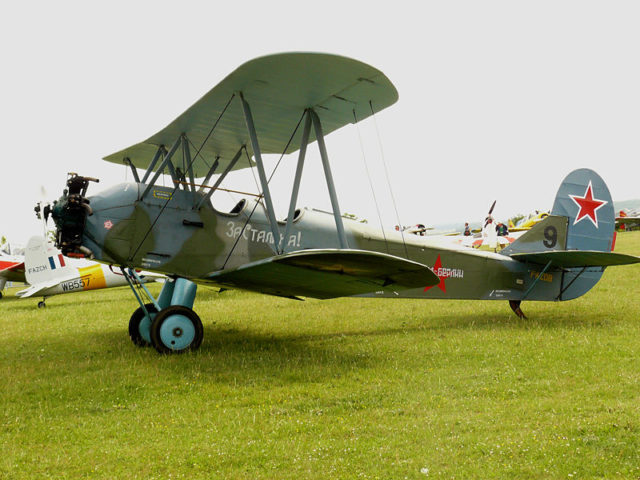
The following year, she made her first parachute jump. Shortly after, she made her first solo flight. It didn’t take her parents long to find out, and they weren’t too happy about it. Fortunately, she didn’t care and tried to get herself a pilot’s license.
But while the gliding school had no objections about teaching a teenage girl how to fly and to parachute, the pilot school did. Enter Polina Denisovna Osipenko. She was most notable as the second pilot who, together with Valentina Grizodubova and Marina Raskova performed a non-stop flight between Moscow and the Sea of Okhotsk, setting a new distance record for non-stop flights operated by women. They all later became a Hero of the Soviet Union, the highest military distinction in Soviet Union.
Osipenko was also the Inspector for Aviation in the Moscow Military District. With her recommendation, the young enthusiastic Nadezhda Popova (Nadia) got into the flight school at Kherson (in southern Ukraine), graduated at 18, and became a flight instructor.
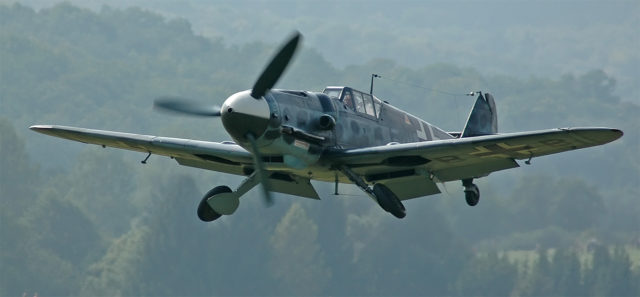
Her timing was perfect since it was 1939 and WWII had just begun. When Germany invaded two years later, Nadezhda tried to join the military, but they refused to take her in.
But in October 1941, Joseph Stalin (leader of the Soviet Union) set up several women’s regiments, including three air units. Nadezhda joined the 558th Night Bomber Regiment because she wanted revenge.
Her brother, Leonid, had died in the first month of the German onslaught. Before long, they took her village, commandeered her family home, and it only got worse.
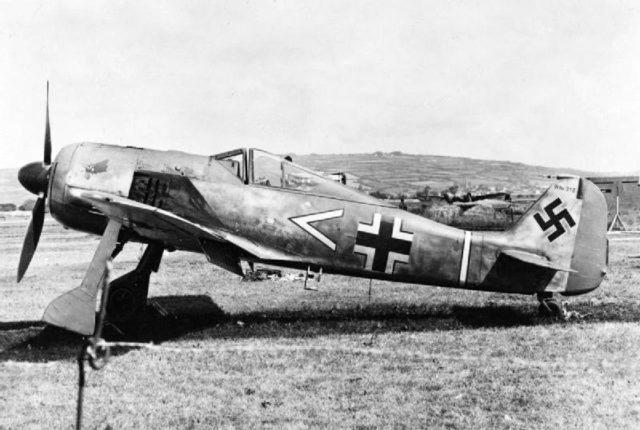
But the Soviet Union was not a technologically developed nation. It was also practically broke. So all the Women’s Regiment had were Polikarpov Po-2 biplanes. Built out of wood and canvas in 1928, they had no radar, no radio, nor guns because they were meant to be crop dusters.
They could, however, carry six bombs. And to make sure they did, the pilots had to fly without parachutes because of weight requirements. The Germans called them “sewing machines” because Po-2 engines produced a nerve-wracking sound that put their teeth on edge.
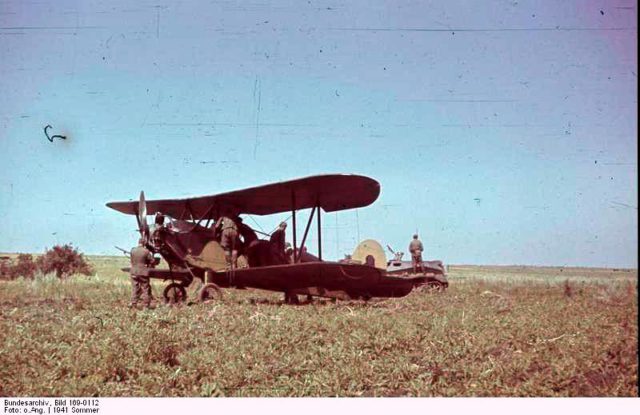
Although the Germans had superior planes, the Po-2s were hard to hit for two reasons. First, they could fly at treetop level where they were hard to spot. Second, the stall speed of Messerschmitt Bf 109s and Focke-Wulf Fw 190s was the maximum speed that a Po-2 could achieve, making it hard to keep the latter within weapons range.
They were also incredibly maneuverable, allowing the Night Bombers to target German supply depots, camps, and bases. They’d fly in threes as low as possible to avoid German aircraft, but that left them vulnerable to ground attacks.
The first two were decoys for the searchlights. As soon as they were spotted, they flew in opposite directions to avoid ground fire, engaging in spectacular aerial acrobatics. The third would kill the engine, drop its payload, then restart the engine and become the decoy, repeating the process till all three were out of bombs before flying back to base.
The Germans called them Nachthexen (Night Witches) because the wind of their passing sounded like a witch’s broomstick flying overhead (though how they’d know…). Like many of her comrades, Nadezhda was shot down many times. Unlike many of them, she suffered no serious injuries.
The one that stood out most for her was getting shot down on August 2nd, 1942 by German fighter planes. Forced to land near Cherkessk, she made her way back to her unit when she stumbled upon another injured pilot – Semyon Kharlamov, the man she would later marry.
Nadezhda also flew relief missions, delivering food, water, and medical supplies to beleaguered Soviet forces in Malaya Zemlya in February 1943. When the Germans began retreating, she managed 18 sorties in a single night over Poland. Rising to the rank of lieutenant-colonel, she totaled 852 sorties by war’s end.
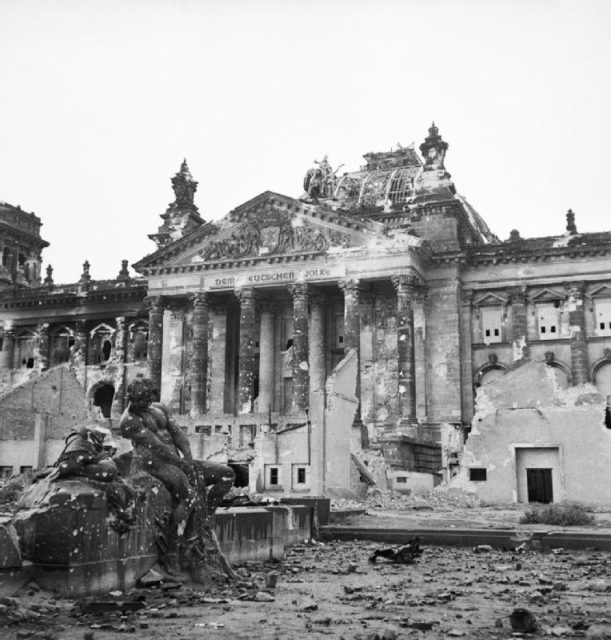
Her final revenge came in 1945 when Soviet troops entered Berlin. She and Semyon bumped into each other at the Reichstag and wrote their names on the bombed-out building.
After the war, she went back to being a flight instructor, earning the Gold Star, The Order of Lenin, and the Order of the Red Star. Nadezhda made her final flight on July 8th, 2013 at the age of 91, without a plane, and is survived by her son – a general in the Belarusian Air Force.
